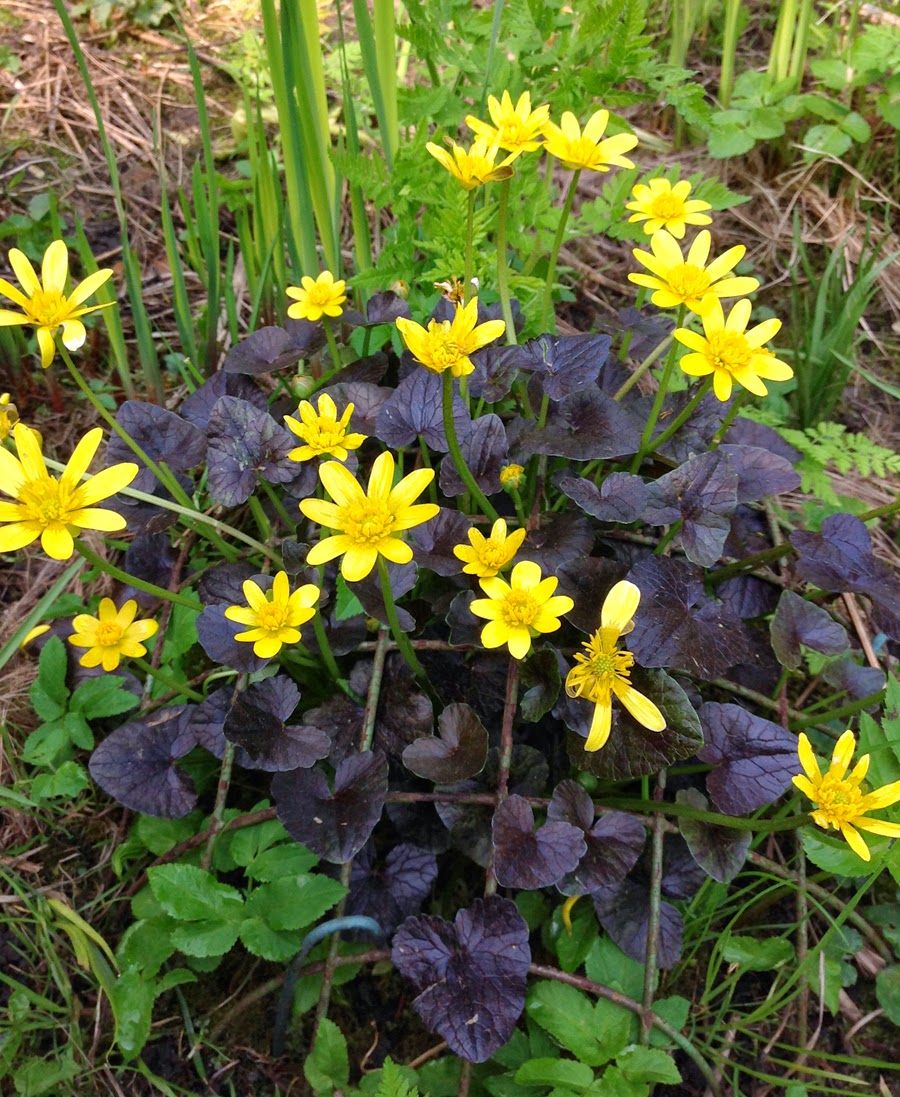#032 Mysotis arvensis
Forget-me-not
It's well worth encouraging Forget-me-nots to self seed around the garden )and they will!) the froth of tiny blue flowers makes a wonderful backdrop to other colours especially red and orange.
The tiny flowers are worth a closer look – and you can see why the little flowers were so loved by Victorian jewellery designers who loved sentimental symbolism, engraved into silver or made of blue beads or stones on brooches and lockets.
The scientific name mysotis means 'mouse ear' – referring to the shape of the soft velvety leaves and arvenis means 'of the field' - it loves to self-seed on open soil, like the vegetable patch or flower border. Of course you may need to weed some out, but leave some to flower and set seed for next year and as a snack for the Gold Finches.
Forget-me-nots are members of the Borage family, you can see the similarities in the plant structure . . .
#033 Borago officianalis
Borage
Another enthusiatic self-seeder! I pull up lots of seedlings (the young leaves can be cooked like spinach or added to soups) but I let a lot of Borage plants grow and flower – bees love them!
And the star shaped flowers are a beautiful rich blue colours - you can pull the star shaped petals from the stem and float in a cordial or G&T.
Borage has been used as a medicinal herb for thousands of year, the clue is in the name officinalis means 'of the officina', the store room of a monastery where medicine was kept.
Of course the iconic blue flower of England in Spring time is the Bluebell . . .
#034 Hyacinth non-scripta
(and H. hispanica)
Bluebell
The Bluebells in our garden are most likely to be the imported Spanish Bluebell (H. hispanica) rather than the smaller native Bluebells (H. non-scripta) of the local woodlands, actually they are likely to be hybrids between the two (H. x massartiana). Nevertheless they are beautiful and make the area beneath the Walnut tree near the Dragonfly Pond look like a patch of a Bluebell Wood. You can find out how to recognise a native Bluebell here.
If you've never walked in an English Bluebell Wood (or if you have but haven't for a while) you have about a week left before the spectacle begins to fade. We visited our nearest wood last week and the shimmering carpet of blue was breath-taking! Su has written about her local Bluebells on her blog this week, I think two wet years and the early Spring this year have resulted in bigger and taller flowers so find your nearest Bluebell Wood and enjoy them over the May Bank Holiday this weekend.
Celia
xx
















































